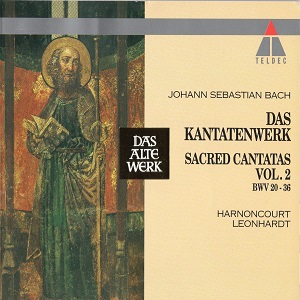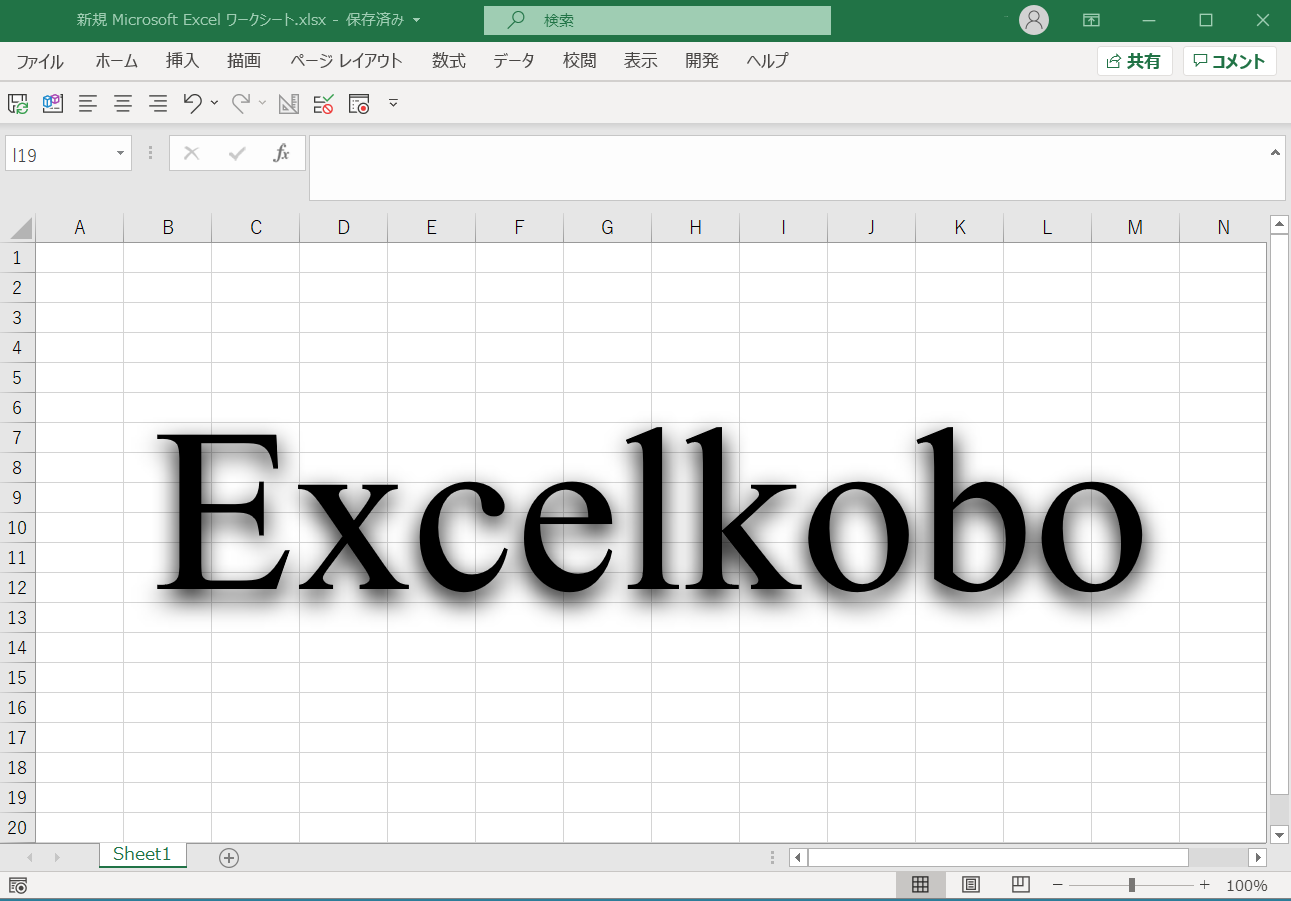The second part opens with the bass aria “Willkommen, werter Schatz!”. Following the joyful ritornello, the bass sings a bright melody. It is a delightful piece. The chorale “Der du bist dem Vater gleich” follows, with two oboes d’amore in obbligato, and the tenor sings the chorale. The soprano aria “Auch mit gedämpften, schwachen Stimmen” is sung by a mute violin obbligato. This is another joyful melody, but the middle section is particularly impressive after the transition to a minor key. This piece is about eight minutes long and is the climax of the cantata. The soprano is mentioned in the liner notes only as “a soloist of the Wiener Sängerknaben” but his name is not disclosed, presumably because the performer was a minor at the time. The soloist of the Tölzer Knabenchor, however, was publicized. I wonder why. The cantata ends with the chorale “Lob sei Gott dem Vater ton”. #baroque #bach #cantata #片山俊幸 https://excelkobo.net/bachwerke/archive/BWV0036.pdf


